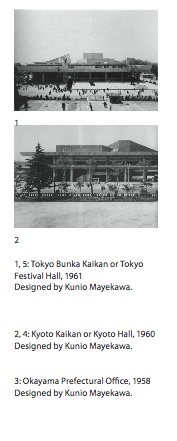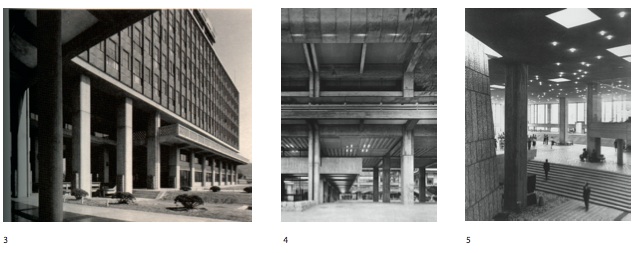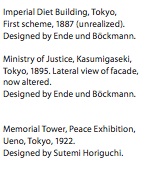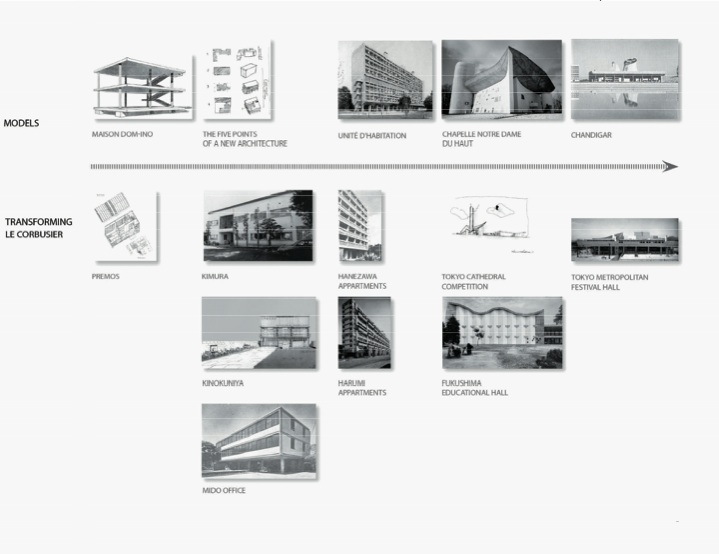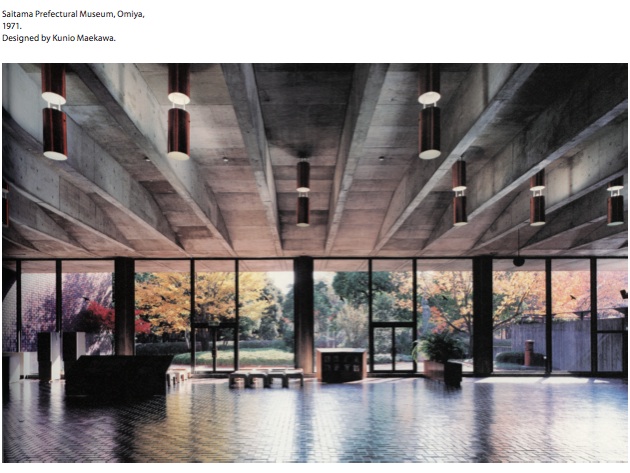Kunio Mayekawa
My interest for Kunio Mayekawa was awakened quite unexpectedly during a field trip in Japan in 1994. With a Europalia Nippon Kinen scholarship I went to Japan that summer to document on surviving Japanese modernist buildings. The names of Kenzo Tange, Junzo Sakakura, Yoshizaka Takamasa and others were familiar to me, but for some reason I had not yet heard ofKunio Mayekawa. This intensive field survey brought me to many peculiar and often forgotten architectural jewels all over the country. Continuously I was struck by the beauty of buildings that I had encountered by coincidence. More specifically, it was the spatial effect of buildings like Okayama Prefectural Office, the Kyoto Kaikan and the Tokyo Metropolitan Festival that aroused my curiosity. Upon inquiry each time the name of Kunio Mayekawa popped up. On the same trip, in a small bookstore in Tokyo, I discovered a five-year-old edition, two heavy- weight books, on Mayekawa’s work. Considering the weight I had second thoughts, but I couldn’t resist. Ever without regret! These books showed me a powerful array of work, which I promptly went to discover. After visiting many projects my conclusions were drawn: this oeuvre felt so Japanese to me. One day, however, I visited the Tokyo Metropolitan Festival hall accompanied by a Japanese architect. When I explained to him how Japanese this building was, he replied to my utter surprise how western it was to him! From that moment on, I was fascinated by the mechanism of melting western modernist notions with Japanese spatial qualities.
